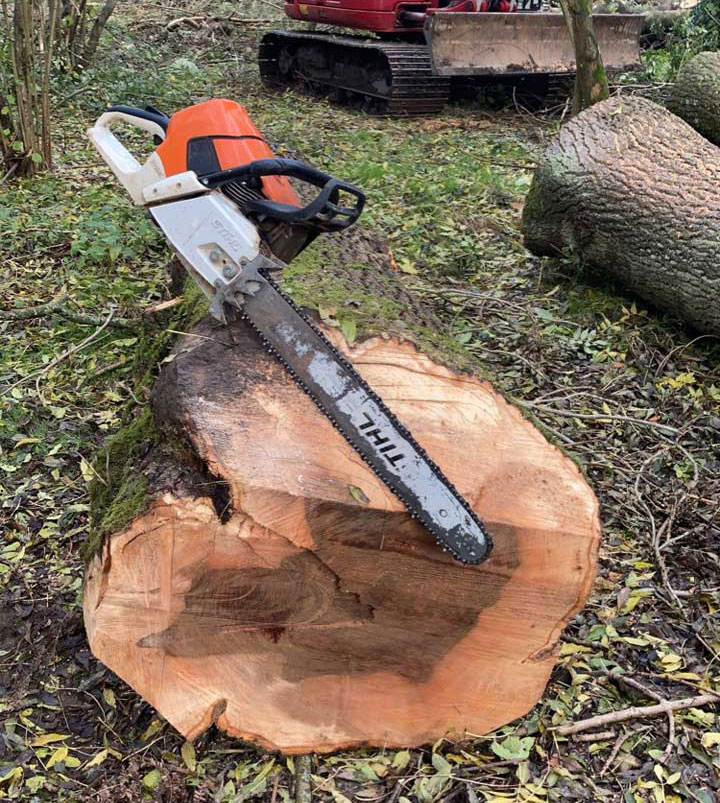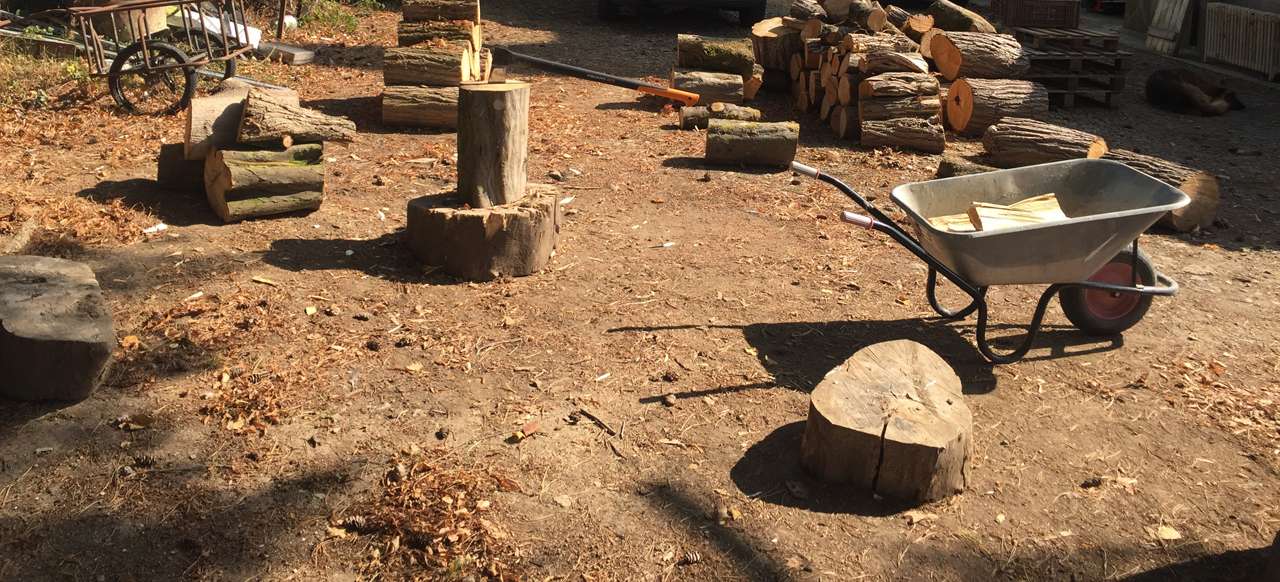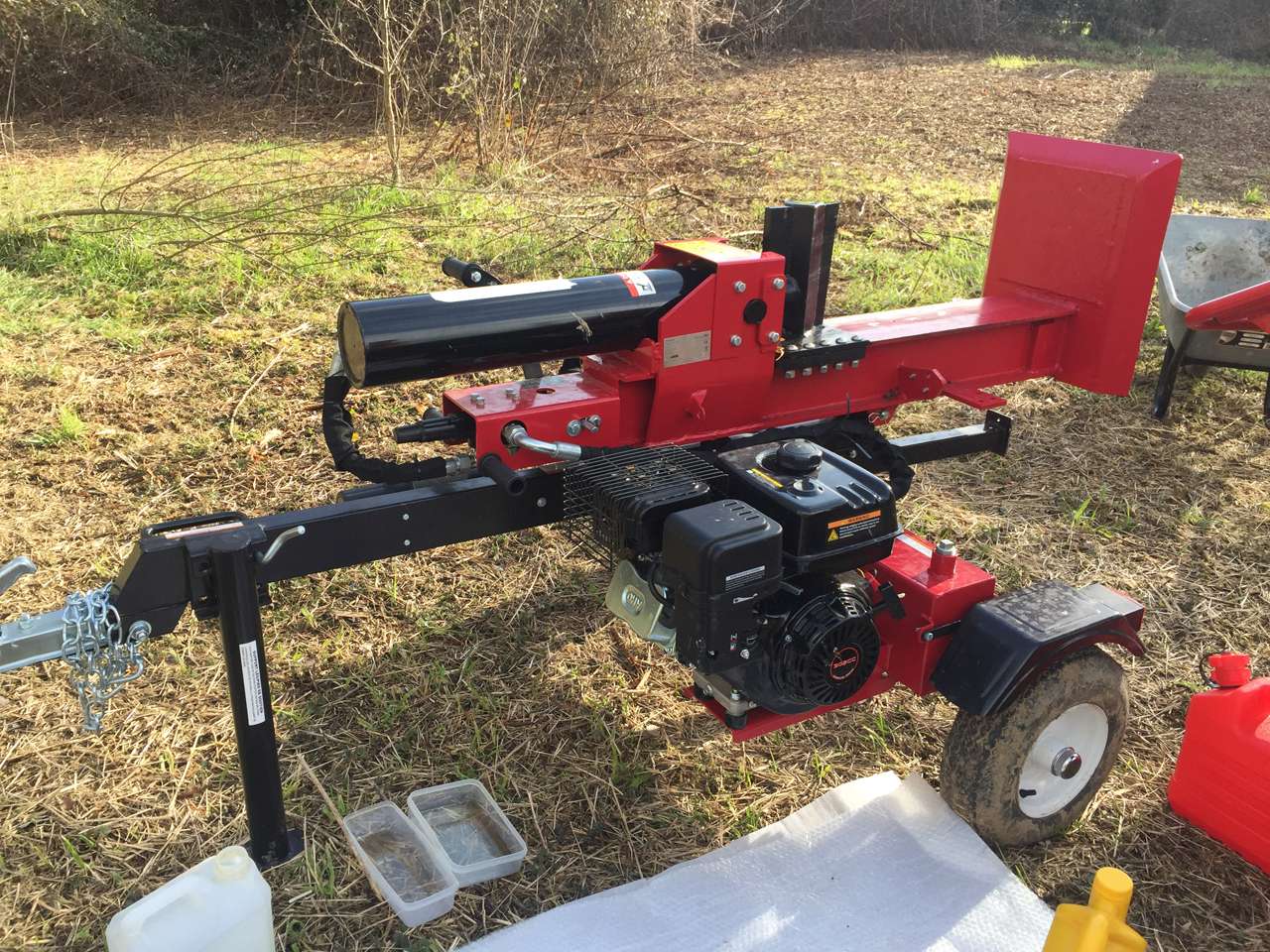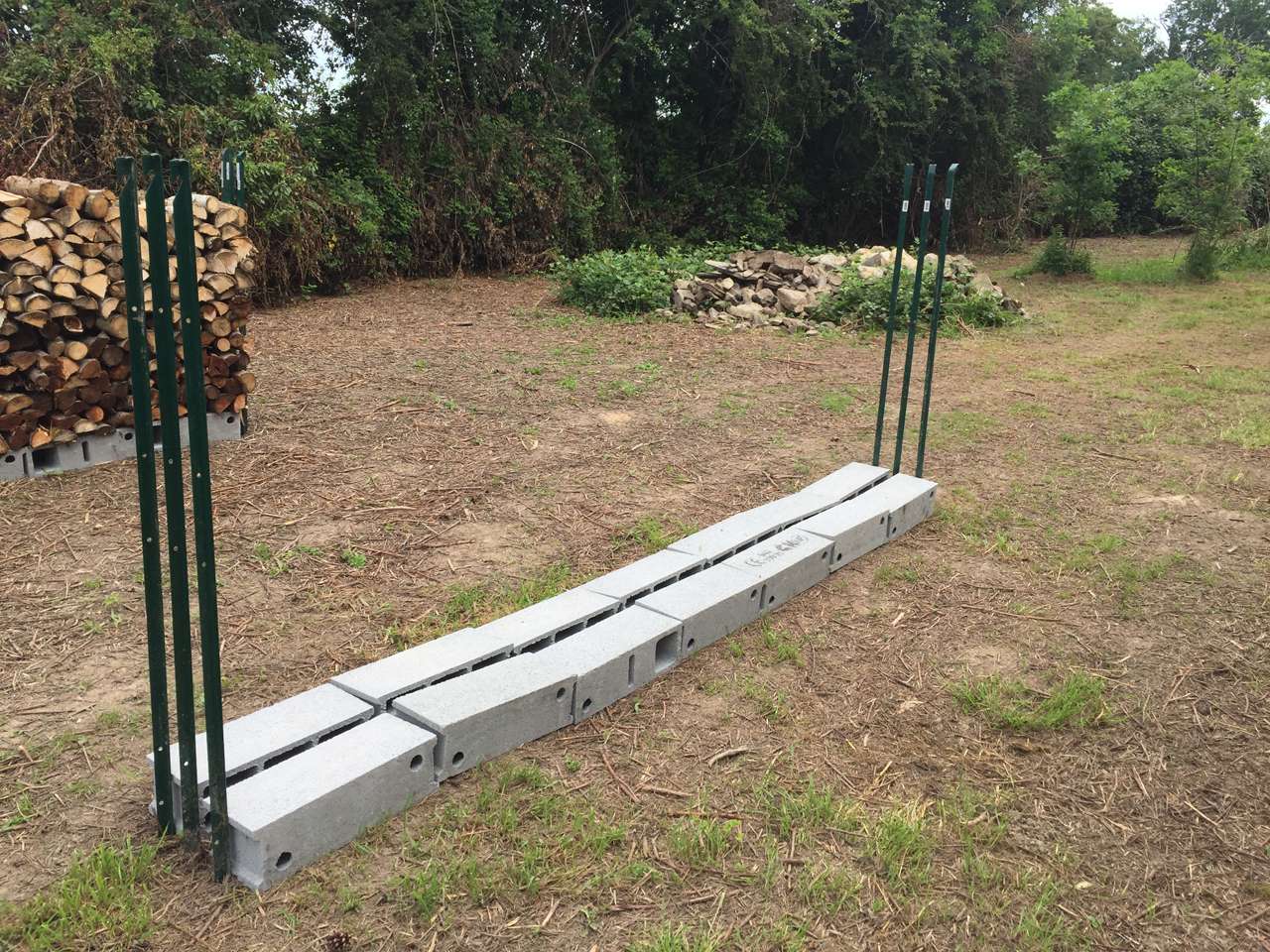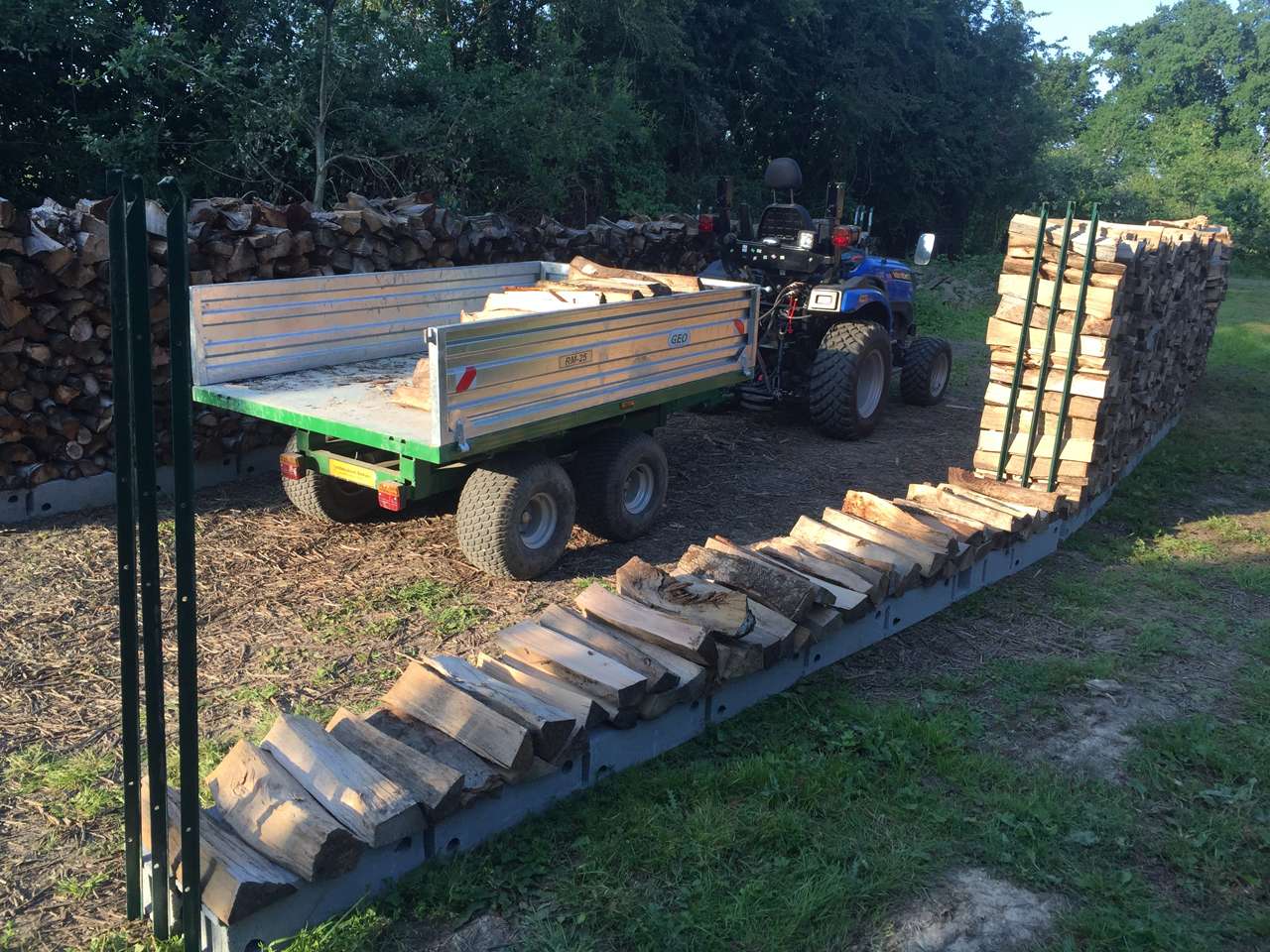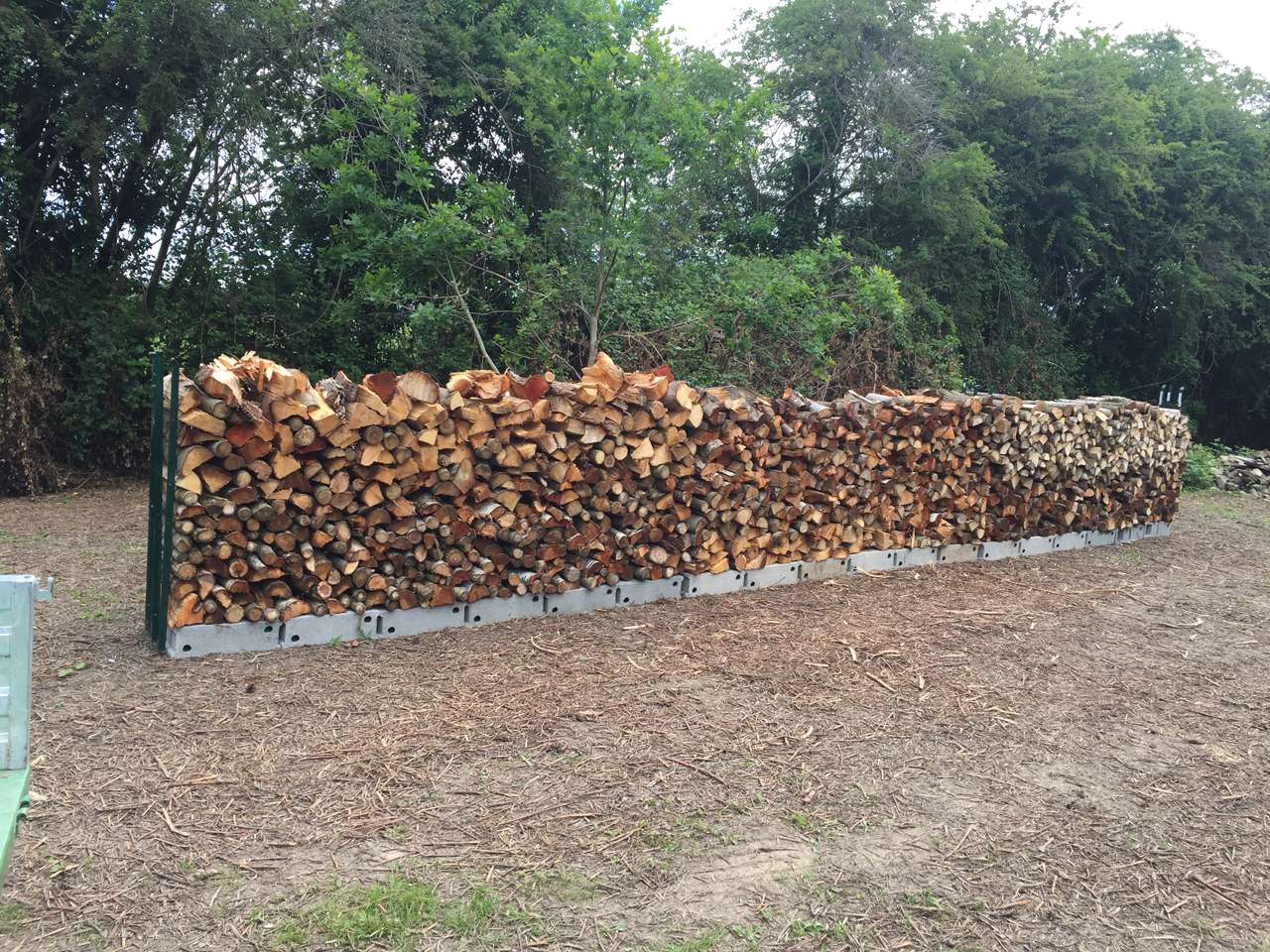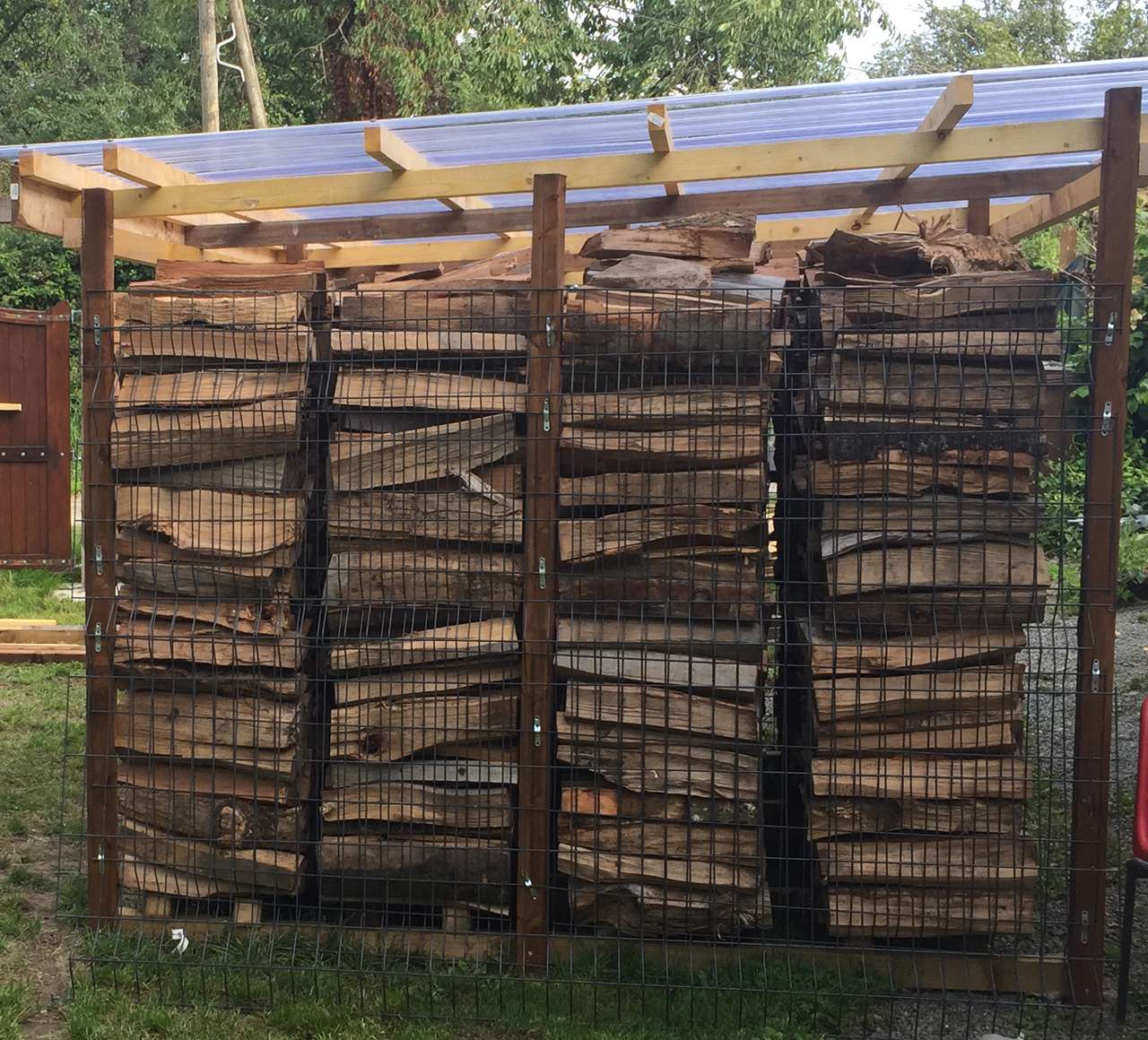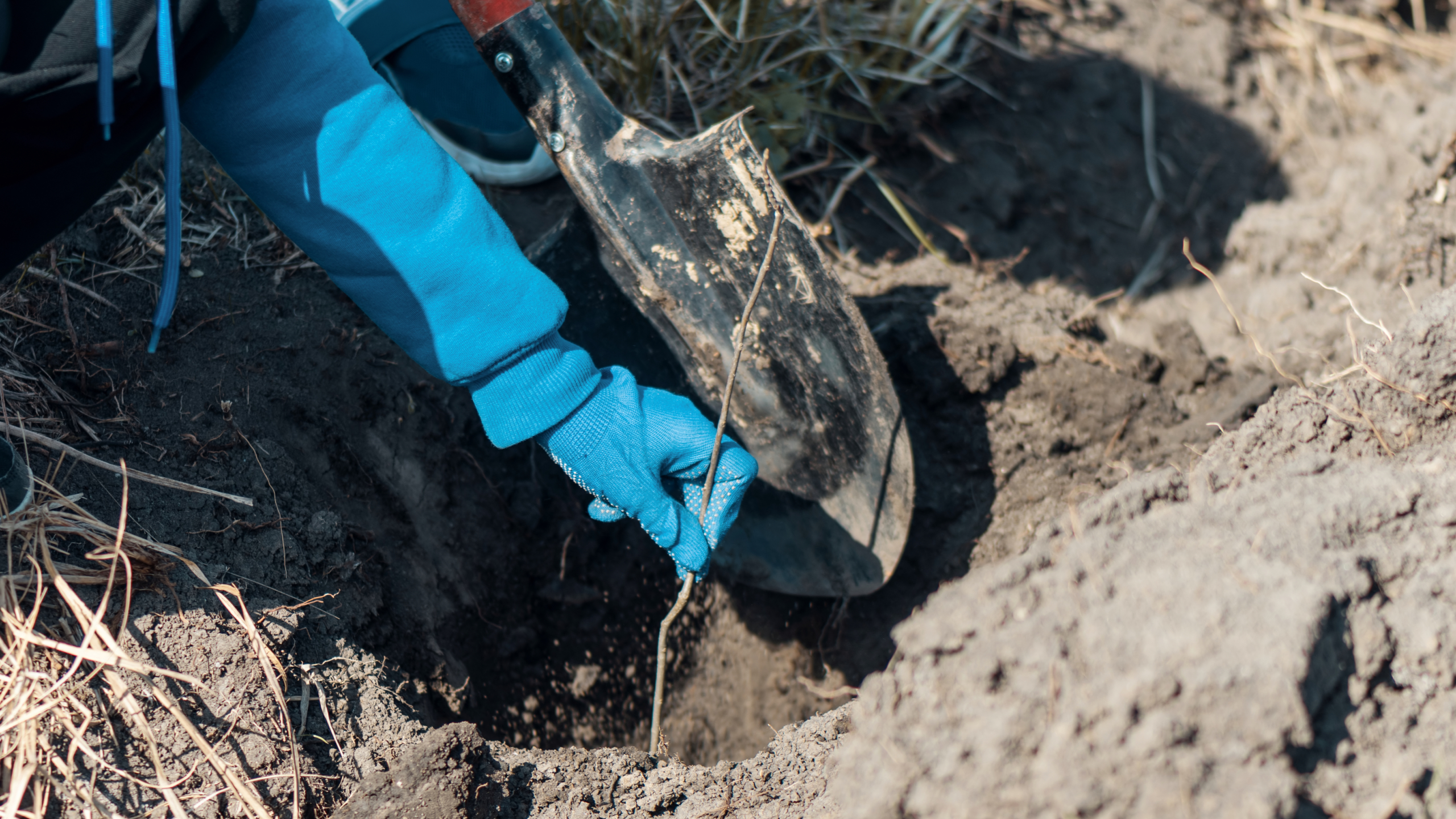How to season firewood naturally and how to store firewood
Clearing trees in Berkshire can be done for many reasons. The trees could be dangerous due to disease or storm damage, were planted too close to a building and have grown into a problem or the trees could have been selected to be felled.
Regardless of the reasons for felling trees you will end up with wood on the ground.
Some felled trees might possibly be able to be sold for commercial use, depending upon the tree and its condition. Some people want to use the wood for hobbies, making things from the wood, others want to use it for firewood, regardless it’s rarely wasted.
This article will explain how we season our own firewood and how we store our own firewood.
Ask ten people how to season firewood and you could get ten different answers..
We do not sell firewood – this only explains how we season firewood naturally for our own use.
Felling trees and firewood volume
Felling trees safely takes skill and experience, using a chainsaw presents many dangers and if something goes wrong it can result in life changing injuries or death. Our advice is that unless you are fully trained in using chainsaws, and you are fully trained in felling and cutting up trees then you should hire a professional. Felling trees is not an untrained DIY job.
Once a tree has been correctly felled, assuming it’s going to be used for firewood then it needs to be cut to length.
Professional firewood suppliers generally cut the lengths to 1 Meter and split and stack 1 meter lengths. This enables the wood to be seasoned and later on to be cut to the required use length, with the main sizes being 25cm, 33cm, and 50cm.
On a side note – firewood is sold in various different ways, with one way being by Stère
A Stère of wood varies in size depending upon the length of the firewood
One Stère of firewoood in cubic meters is -:
Cut to 1 meter lengths = 1 cubic meter of wood
Cut to 50 cm lengths = 0.8 cubic meter of wood
Cut to 33 cm lengths = 0.7 cubic meter of wood
Cut to 25 cm lengths = 0.6 cubic meter of wood
This differs to the American unit of firewood which is a cord.
A cord of firewood occupies a volume of 128 cubic feet (3.62 cubic meters)
It can also be sold by big bag, by the truck load or whatever way a seller chooses to use.
For our own firewood we cut to 50cm lengths, that’s the size our log burners take and as we don’t sell firewood it’s all for our own use. So we sned (cut of the branches and brush from the main trunk) and we cut the trunk to 50cm lengths. Any branches that are large enough in diameter to use as firewood we also cut to length, the smaller bits we cut up and save for use in our wood fired bbq and pizza oven.
Splitting firewood.
To season firewood properly you must split it – unless its so small in diameter that it fits in your fire without being required to be split. Which brings us to the two types of firewood in terms of seasoning, let’s call them ‘splits’ and ’rounds’.
Splits are what we call firewood that has been split open, rounds are what we call branches or logs that due to their size do not require to be split, they are round and still contain their bark all around.
Split wood always seasons faster than rounds.
We season our firewood for a minimum of two full years, but we generally season it for three years.
How you split your firewood is up to you – there are various ways to split firewood, we have split hundreds and hundreds of cubic meters of wood by hand with an splitting axe, a normal axe, sledge hammers and wedges, and all it takes it pure hard work, effort and time.
People ask us do you split it as soon as you fell or store and then split, or how do you split this type of wood or that type of wood etc. And our answer is always the same, there are a great many ideas and theories and books saying you should do this, or you should do that, we just do it the same way because we don’t have the time to leave something unfinished and return to it – we fell, we split, we stack and we walk away and leave it to season – there might be easier ways – but it works for us, it suits us. You do it as you see best suits your needs.
We do suggest trying where possible to fell trees when they are in a dormant state during winter or at the latest very early spring, you will find the tree has considerably less sap or water content if felled at this time – resulting in faster seasoning times.
Back to the splitting of firewood – we now use hydraulic log splitters, we use 35 Tons of splitting pressure machines. With us now having had over 40 years of the joy that is splitting firewood, we felt it was time for us to make it easier on our bodies.
If you year on year split a lot of firewood, you will never regret buying a good quality hydraulic log splitter!
Seasoning firewood naturally – how to stack it
For us we have found that for the first year it really makes no difference if you have the firewood covered or un-covered.
There are various opinions on this, what we have found is that the firewood getting rained on and then drying and repeating this many times over during the first year helps the wood check and crack, which in turn allows better airflow and seasoning. And also helps wash the sap off the firewood.
What is important is that the firewood is stacked off the ground and that there is space between each of the stacks for airflow.
We use concrete blocks for the base, they are cheap, easy to move around when needed and strong enough to take the weight of the firewood.
We also use wood posts, but blocks is for us the better choice.
Seasoning firewood and storing firewood requires space
As you can see from the photos seasoning firewood and storing firewood can require a lot of space.
We have access to plenty of places to stack and store wood.
Remember that if you are seasoning wood un covered for the first year, it will sit where you stack it for 12 months minimum and then you will need to move it under cover so it seasonings under cover for another year at a minimum, before you have seasoned firewood.
The advantage of using concrete blocks and stakes to just stack the wood anywhere outside is, it can be left there for a number of years if you don’t require the firewood in a hurry, or if you have a lot of wood to season, it’s cheap and easy to start the firewood seasoning off like this.
From a trailer stacking the wood is fairly quick, we stack to a maximum of about 4 foot high, any higher and the risk of falling logs is too great.
We are lucky enough that we have enough space to be able to leave enough room between rows to drive a mini tractor and trailer.
We don’t stack under trees, we don’t stack next to walls or houses, just out in the open where the wind and sun can do it’s natural job and season the firewood – the sun plays a part, but we feel for the most part it’s the wind that seasons the wood the most.
We make stacks about 12 meters in length, then leave a break big enough to turn the tractor and trailer through, then start another stack.
When stacking the logs for seasoning, we try and keep the logs level and in line as the stack rises in height – you soon pick up how to spot when the stack is going out of whack and use different size logs to even up the row. The last thing you want is a leaning stack just waiting to topple over..
Seasoning firewood under cover
Seasoning firewood under cover is another option, but it requires more materials, time and effort if you are to season your firewood properly.
You cannot just throw a tarp or plastic sheet over the top of your firewood – doing this creates and traps moisture and will not allow the wind to wick away the moisture and you will not season your wood correctly.
Always remember you must have airflow around your firewood.
Also we find it much better to not enclose the sides, again this is so the wind can get to the firewood. Yes rain can blow in the sides, but as soon as the rain stops, the wind will start to dry the wood out again.
We found that with closed sides although no rain got in, the wood still retained moisture and wouldn’t season correctly.
With any roof covering, we always have at least 30 cm between the top of the stack and the underside of any roof beam allowing plenty of airflow and no place for moisture to stay trapped.
Use a gutter to catch the roof water, consider a rain water tank and use the water on your garden?
When we stack under cover, we leave a space between rows or stacks, rule of thumb for us is allow enough room for a mouse to run between the stacks, but not enough room for the cat that’s chasing it. Just ensure the stacks or rows are not anywhere near touching each other, a minimum gap so that a clenched fist can fit between stacks or rows is another good indicator of correct distance for airflow.
We stack our firewood under cover in bays that are 2.5 meters by 2.5 meters.
Anytime we build additional storage bays, we build them the same size. This allows us to easily gauge our wood storage supplies and work out our needs year to year.
After one good cold winter season you will know how many bays (stères, cords or cubic meters of firewood you burnt, and how many you will need to the years to come.
So rather than measuring out x number of steres etc, it’s as easy as looking at the number of bays used, and then counting the number of bays left that contain fully seasoned firewood, how many are one year away from being seasoned etc.
Your method for knowing how much wood you need and have ready to burn may be very different – ours works for us, as long as your never get caught short in winter, that’s what matters.
Storing seasoned firewood
Storing seasoned firewood is slightly different from storing wood that is being seasoned.
The difference being that once you have your wood seasoned (moisture content down to the correct level) you don’t really want to allow the wood to get wet for long periods of time.
You certainly do not want to accept delivery of “well seasoned firewood” that is soaking wet in an open truck in the pouring rain. Or have the seasoned firewood delivered in an open top truck in the rain and have it tipped up onto the grass in a big wet heap.
We try and think ahead, and try and get the seasoned wood that we plan to burn in the coming winter, under dry storage before the middle of August and late july is even better.
We use the same 2.5 meters square bays, plastic or metal sheet roof, gutters, no sides, plenty of overhang on the roof, sheltered path from the wood store to the door.
This allows any rain that has got onto the seasoned wood to be well and truly evaporated and allows the wood to be completely dry before we need to use it.
Storing seasoned firewood inside the house – we only store enough wood inside the house for about a weeks worth of use. Using two wood stores inside the house, as one store empties, we restock it from the outside wood store – thus allowing the wood a few days to warm up (some days we are bringing wood thats at zero degrees temp) and to dry the last bits out of the wood.
I’m sure there will be many different ways that people season and store their own firewood. I think that as long as you never burn unseasoned or wet firewood, season it and store it however you want.
You can use a moisture meter to check the firewood, but really there’s no secret to it, cut it, split it, stack it, let nature do its thing for a minimum of two full years, three is better and I doubt you’ll have any issues.
We hope the information on how we season our own firewood and how we store our firewood helps someone.
Let the digger do it, great with diggers, not so good with websites!
If you want to hire a digger and driver in Berkshire, Hampshire or Surrey give us a call on 07710 023968
We know diggers 🙂

